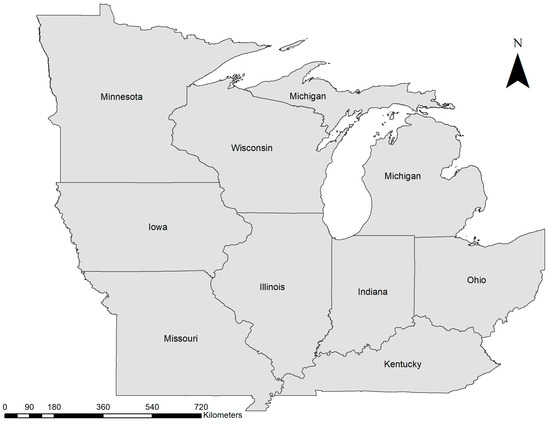2024-08-20 イリノイ大学アーバナ・シャンペーン校
<関連情報>
米国中西部上部における猛暑ストレスと極寒イベントの評価 Assessment of Deadly Heat Stress and Extreme Cold Events in the Upper Midwestern United States
Manas Khan,Rabin Bhattarai and Liang Chen
Atmosphere Published: 19 May 2024
DOI:https://doi.org/10.3390/atmos15050614

Abstract
Understanding and addressing the implications of extreme temperature-related events are critical under climate change, as they directly impact public health and strain energy infrastructure. This study delved into the critical assessment of deadly heat stress and extreme cold events in the Upper Midwestern United States (UMUS), from 1979 to 2021, recognizing the substantial and disparate impact these phenomena have on socially vulnerable communities. In the current study, the modified Mann–Kendall method was applied to understand the temporal trend of extreme heat stress, as well as extreme cold events, from 1979 to 2021 in the UMUS. The results showed that the average annual frequency of daytime extreme heat stress events was comparatively lower in the northern parts of the UMUS compared to the southern parts from 1979 to 2021. Furthermore, a significant increasing trend in daytime extreme heat stress was found in parts of Michigan, Wisconsin (around the lake region), Ohio, and lower parts of Indiana and Kentucky from 1979 to 2021. In contrast, a decreasing trend was noticed in western parts of the UMUS (parts of Minnesota, Iowa, and Missouri). A significant decreasing trend in extreme cold events was found throughout the UMUS from 1979 to 2021. However, an increasing trend was also noticed in Iowa and northern parts of Minnesota, Michigan, and Wisconsin. The results provide important insights for better understanding the unique risks posed by extreme temperature-related events, especially toward socially vulnerable communities in the UMUS, which is crucial for developing targeted interventions and fostering resilience in the face of escalating climate-related threats.



